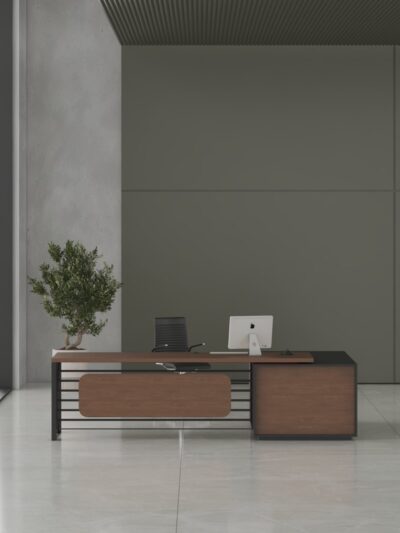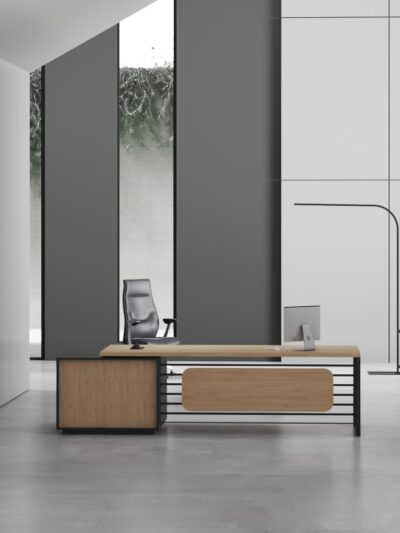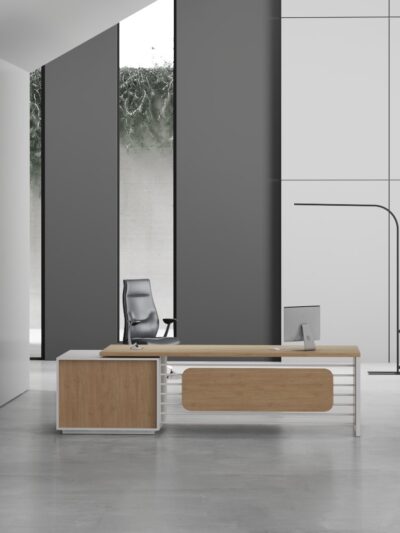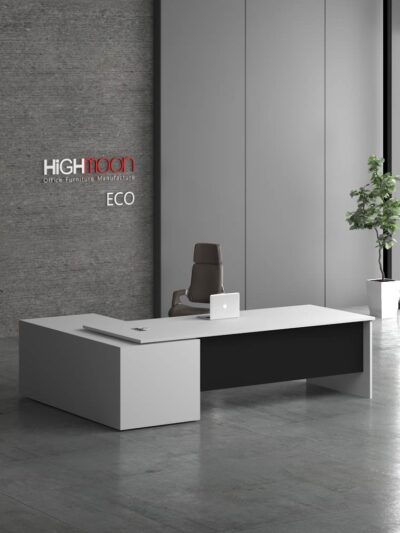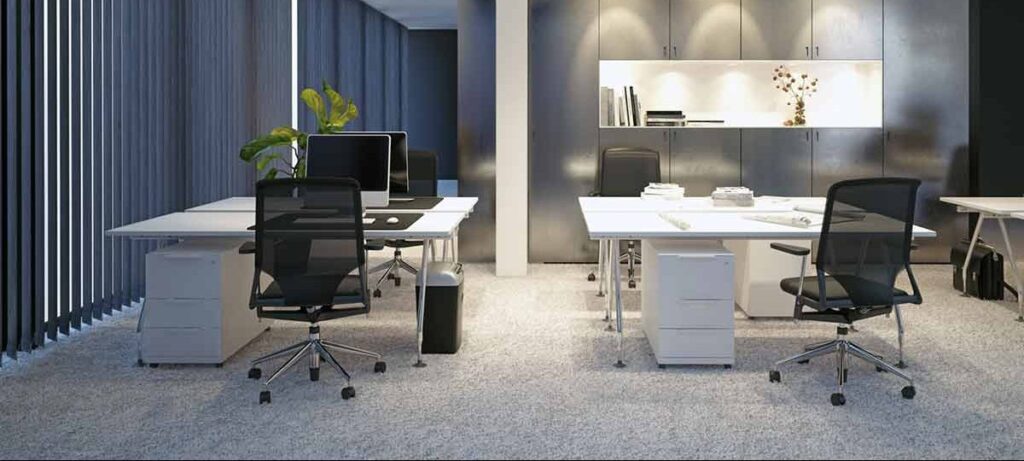-
Blitz Reception Desk
Select options This product has multiple variants. The options may be chosen on the product page -
Class Executive Desk (White Leg)
Select options This product has multiple variants. The options may be chosen on the product page -
Cube Executive Desk (Black Leg)
Select options This product has multiple variants. The options may be chosen on the product page -
Cube Executive Desk (White Leg)
Select options This product has multiple variants. The options may be chosen on the product page -
Cube Manager Desk (Black Leg)
Select options This product has multiple variants. The options may be chosen on the product page -
Cube Manager Desk (White Leg)
Select options This product has multiple variants. The options may be chosen on the product page -
Cube Reception Desk (Black)
Select options This product has multiple variants. The options may be chosen on the product page -
Cube Reception Desk (White)
Select options This product has multiple variants. The options may be chosen on the product page -
Cube Straight Manager Desk (Black Leg)
Select options This product has multiple variants. The options may be chosen on the product page -
Cube Straight Manager Desk (White Leg)
Select options This product has multiple variants. The options may be chosen on the product page -
Duct Reception Desk
Select options This product has multiple variants. The options may be chosen on the product page -
Eco Executive Desk
Select options This product has multiple variants. The options may be chosen on the product page
The 3 C’s to keep in mind when you design your next office space- Concentrate, collaborate, connect. Covid has made a huge impact on how we work. From work from home to hybrid office spaces today we are living in an age where the idea of an “office” is quickly evolving.
It is important to keep the three C’s in mind when you are ready to design your next office space or spice up your current office with some cool and functional office furniture.
The first C is concentration. This means that you want to create a space that will allow people to focus on their work and not be distracted by other things.
The second C is collaboration. You want to make sure that people can come together and work on projects together without being too far from each other.
Finally, the third C is connection. You want to make sure that there are plenty of spaces for people to have conversations with one another and feel connected with the company culture and values.
Concentration – How do you get your head in the game?
When it comes to designing your next office space, there are a few key things to keep in mind – and one of the most important is concentration. How do you get your head in the game?
Concentration is a key skill for many professions. There are many different ways to get your head in the game, but what works best for you?
For some people, a private office space may be the best option. For others, an office pod may be better. And while some people prefer to work from home, there are many other benefits that come with working in an office setting.
There are a few key things you can do to make sure your office space is conducive to concentration:
1. Make sure there is plenty of natural light.
2. Keep the space well-ventilated.
3. Limit distractions as much as possible.
4. Choose furniture and decor that promote relaxation and focus.
5. Make sure the temperature is comfortable.
By keeping these things in mind, you can create an office space that will help you stay focused and productive.
Collaboration – How to Improve Communication and Creativity
Collaboration is a key component of any office space. It is important to provide an environment where people can work together and share ideas in order to foster creativity.
An open-concept office design, such as a loft or warehouse, may be the best option for collaboration. These designs allow employees to see what other co-workers are doing and encourage them to collaborate with each other.
The office furniture that you choose for your office should be able to accommodate the different types of collaboration that happen in your workspace. You will need seating for brainstorming sessions, collaborative work spaces, and private offices for meetings.
Make sure there are plenty of meeting rooms available so that you can invite clients or potential investors into your office space without having to worry about scheduling time on their calendar first
In order to create a more collaborative environment in your office space, there are a few things you can do to improve communication and creativity.
First, make sure that everyone has a comfortable place to sit and work. This may mean investing in ergonomic office chairs or providing cushions for chairs.
Secondly, provide plenty of whiteboards or chalkboards for people to write down their ideas. Encourage employees to share their ideas with each other by posting them on the boards.
Finally, create breakout areas where people can gather to discuss projects or just take a break from work. These areas should have comfortable seating and plenty of natural light. By creating an environment that encourages collaboration, you can help improve communication and creativity in your office space.
Connection – how can we bring people together?
The way your office is designed can have a big impact on the culture and connection of your team.
Spaces to connect are crucial for a productive office. They help in better communication and collaboration.
A meeting room table or conference table is the center of an office space to connect. It should be designed with a focus on the needs of the employees and not just for looks.
Ergonomic chairs are a great addition to make the space comfortable, flexible, and have enough space for multiple people to use it at once.
An office space should be designed with the following features in mind:
– Meeting room table: It is important to have a meeting table that can accommodate all the employees at once and provide a large surface for them to share their ideas.
– Conference table: A conference table should be big enough for all the participants, so they can all interact with one another, but small enough so it doesn’t take up too much space in the office.
– Office furniture: The furniture in an office should be ergonomic and comfortable so that employees don’t feel like they’re working on top of each other. Ergonomic desks and ergonomic chairs are a must have in today’s modern yet functional workspaces.
Finally, in order to make sure that your employees have different spaces where they can work and collaborate, you need to first consider their individual needs.
You should think about what kind of work they do, when they are most productive, and how much time they spend in each area during a day.
You should also consider what kind of environment would suit them best – one with lots of natural light or one with lots of social interaction? Lastly, take into account the size of your company and how many people you want on each floor or in each room.






